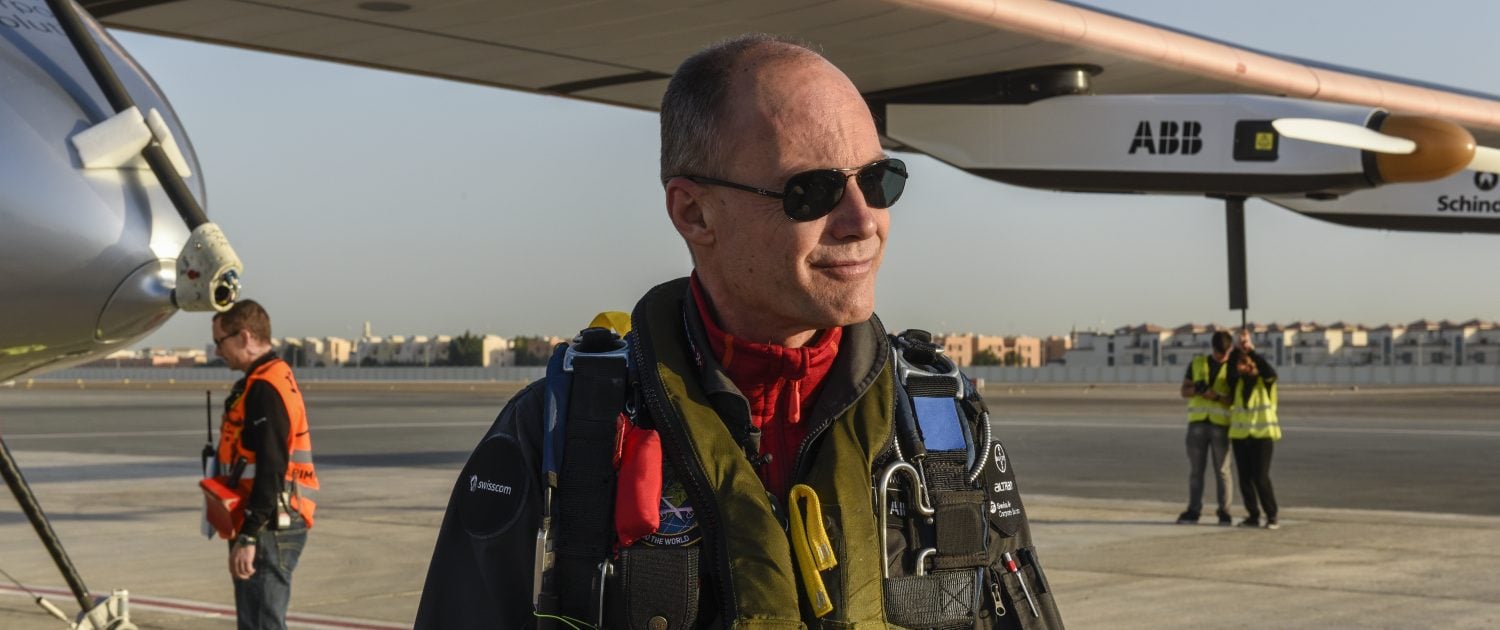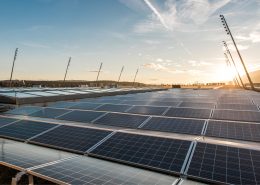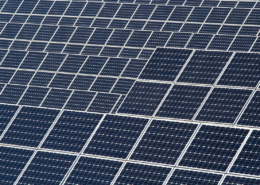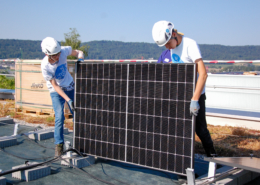In 2011 Bertrand Piccard and his team were awarded a Watt d’Or for Solar Impulse. In the interview Piccard tells what that meant for him, how the project ran since then and when Solar Impulse will continue its flight around the world.
How did you experience winning the Watt d’Or in 2011?
The Watt d’Or has a very particular meaning to me. He reminds me that it is more important to develop energy efficiency rather than desperately wanting to produce more energy which is wasted by old and outdated technologies.
What happened since winning the Watt d’Or?
In 2011 we started mission flights to train the team and the airplane to operate on international airports. In the course of this Solar Impulse 1 flew to Brussels under the patronage of the European Communities. At the Paris Le Bourget airshow, it participated as guest of honor.
In your eyes, what is the biggest challenge of the around-the-world flight?
Make an airplane able to fly for five days and five nights non-stop remains the most challenging part of the adventure at all levels: technology, human resources and routing (referring to weather forecast which needs to be evaluated five days in advance).
The landing in Hawaii represents a milestone for aviation as well as for renewable energies. We have demonstrated that an airplane propelled by solar energy only can stay longer in the air than a conventional airplane – that is fantastic!
You already stopped in several countries during the around-the-world flight. Which one impressed you most concerning the use of renewable energy?
All the countries we visited were extremely interested in the technology of our aircraft and keen on using more renewable energy which was extremely motivating. The United Arab Emirates are very actively engaged in sustainability and renewable energies. Our host partner Masdar is a good example, they also invest heavily in research. In India, the government of Gujarat – where we landed first – leads India in terms of solar installation. In China they are interested in all types of solutions – solar, wind and energy efficiency – which could help them to combat the terrible air pollution in their cities.
Currently, you are forced to remain on the ground. How do you spend your time?
Once Solar Impulse 2 was securely stored in Hawaii, all the team including André, the other pilot, and me went back to Switzerland. Since then, I have been busy securing funds to allow us to continue our journey. Up to now I was fully committed to COP21 participation. We were very active during the COP21: We met with various ministers and industrial players. The UN agencies invited us to high level meetings to tell our success story and show that solutions exist which are sustainable and profitable at the same time. At the same time, André ensures that we are ready to continue our flight around the world from Hawaii to Abu Dhabi next year. The airplane must be prepared and fully tested. Because they overheated during our flight to Hawaii, the batteries have to be replaced.
How did you improve the construction of solar impulse’s batteries?
The technology was no trouble at all. It is the matching of the mission profile and the design of the airplane that did not work out. We decided to replace all the batteries at once rather than individual elements because this is safer.
The aircraft behaved and worked extremely well throughout the journey. We only had two minor issues: The software which I call the ‘virtual copilot’ and supervises the airplane while I am resting did not work properly. This created some difficulties when I left Japan. It is a question of software not being tested enough, we are working on that.
Secondly, coming from China I had to land unplanned in Japan. Therefore, we did not have all of our infrastructure on the ground and we damaged the airplane after the landing. The damage was not serious and repaired easily, but we needed to conduct a maintenance flight, which is a standard procedure for every airplane after such repair work.
However, I was unable complete a separate maintenance flight because there was so much air traffic where we were. I had to do the procedure at the same time as I left for Hawaii. So the combination of maintenance flight and flying five days and nights in a row led to a temperature increase in the batteries which our design did not take account for.
When will you continue “around the world”?
The mission will continue in mid-April 2016.
Interview: Isabelle Frühwirt, Hochschulpraktikantin Bundesrats- und Parlamentsgeschäfte
Bildquelle: Solar Impulse


 Schweizer SolarpreisWir brauchen mehr grosse Solaranlagen!
Schweizer SolarpreisWir brauchen mehr grosse Solaranlagen!  ShutterstockAuktionen für Photovoltaik-Anlagen – Was passiert ab 2023?
ShutterstockAuktionen für Photovoltaik-Anlagen – Was passiert ab 2023?  Wenn Schülerinnen und Schüler die Sonnenenergie aufs Dach bringen
Wenn Schülerinnen und Schüler die Sonnenenergie aufs Dach bringen  shutterstock«Ende der 2020er Jahre liefert die Sonne bereits ein Viertel des Schweizer Jahresverbrauchs»
shutterstock«Ende der 2020er Jahre liefert die Sonne bereits ein Viertel des Schweizer Jahresverbrauchs» 

Dein Kommentar
An Diskussion beteiligen?Hinterlassen Sie uns Ihren Kommentar!